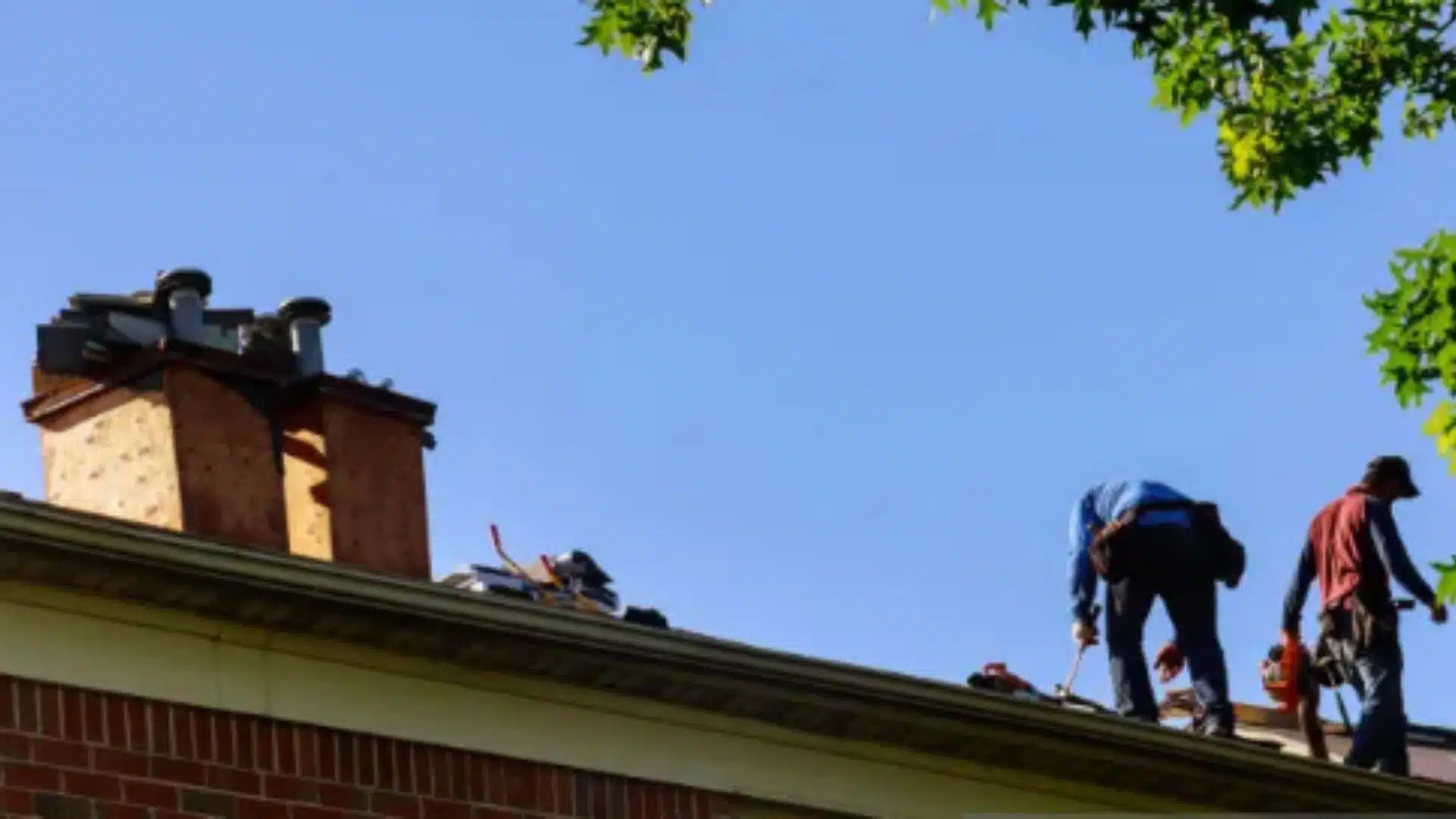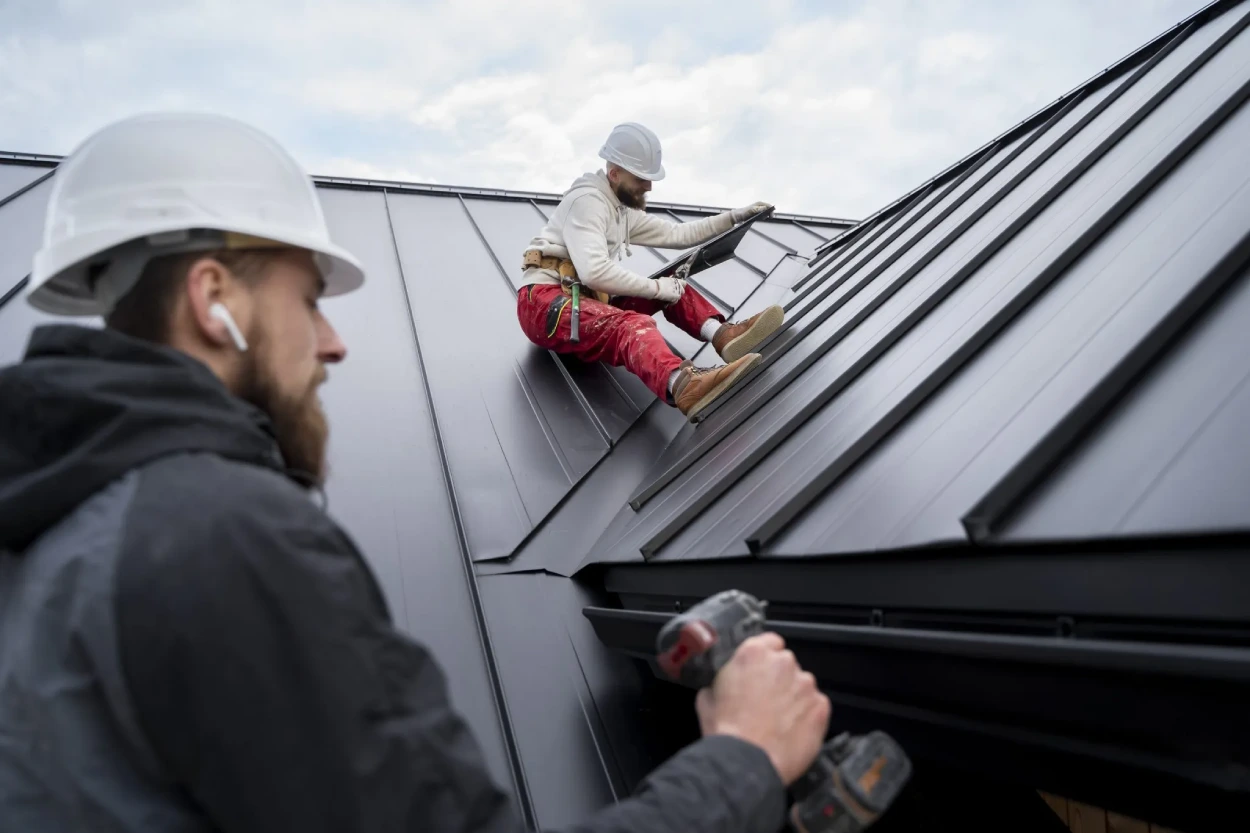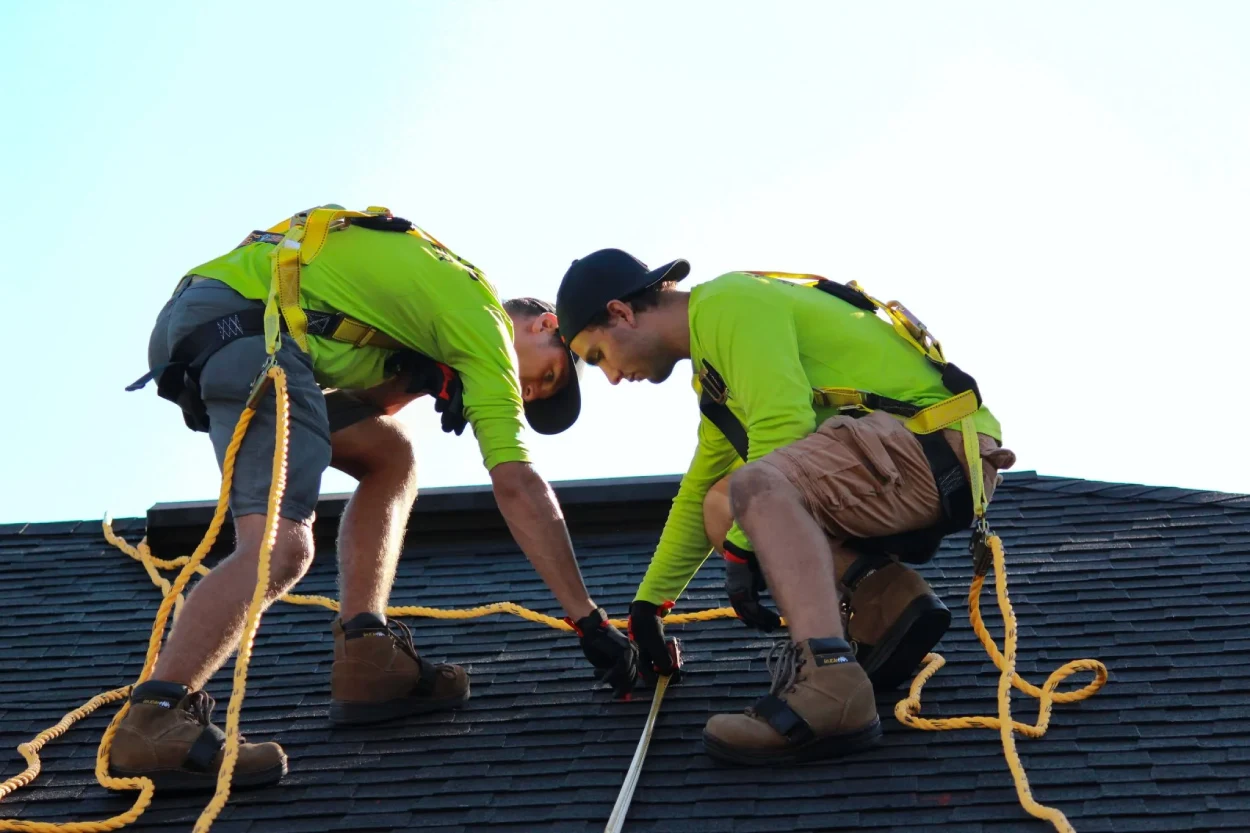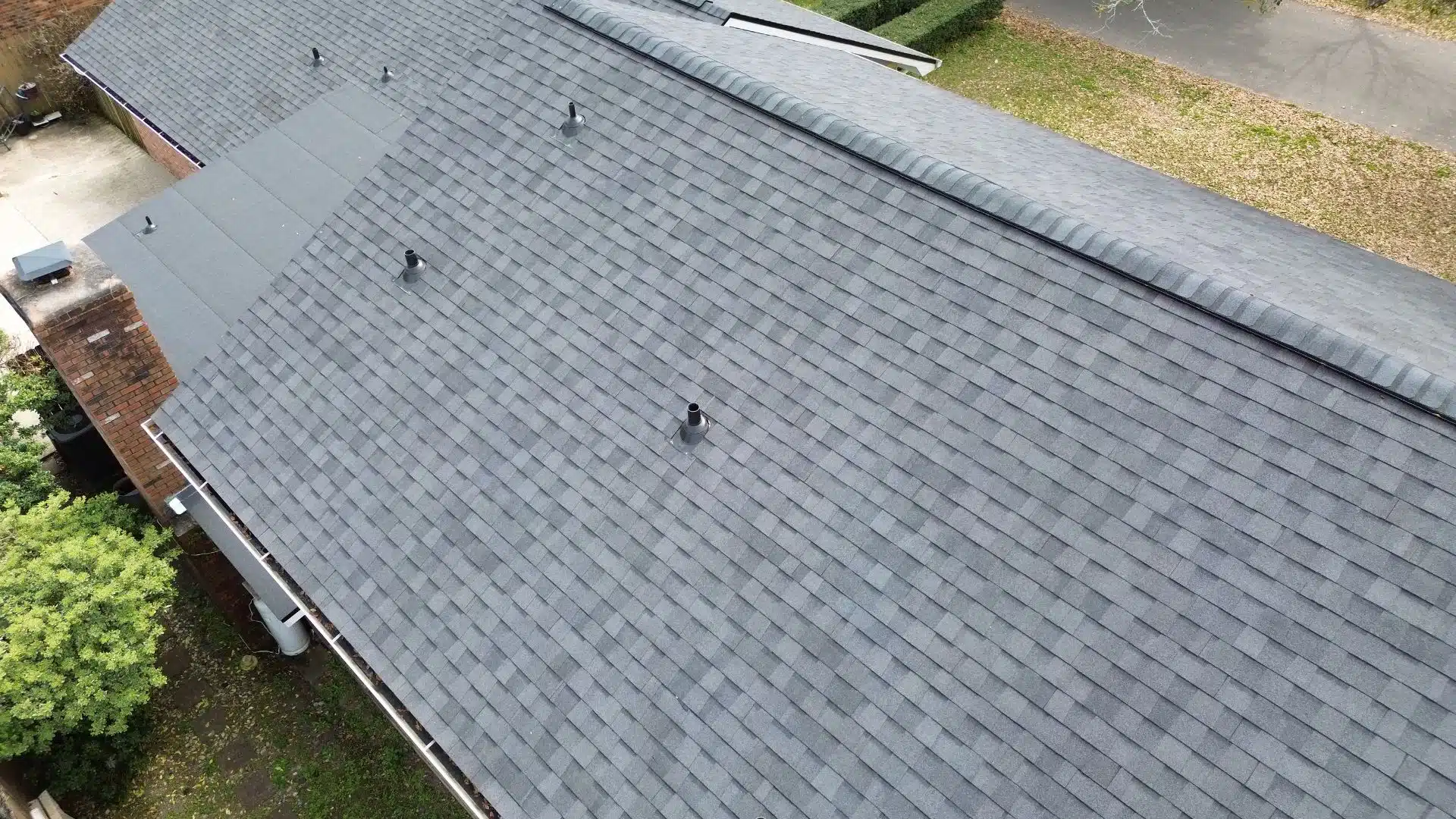Along the Mississippi Gulf Coast, hurricane season isn’t just a possibility—it’s an inevitability. Each year, storms grow more intense, and the damage they leave behind can be catastrophic, especially for homes with vulnerable roofing. If you’ve ever wondered whether your current roof could withstand a major storm, this guide is your starting point.
Understanding your roof’s readiness isn’t just smart—it could save your home. From visible red flags and material choices to installation methods and insurance perks, we’ll break down the essentials every homeowner needs to know. Whether you’re living in Gulfport or searching for a roofer near me, preparing your roof today can prevent devastation tomorrow.
Step 1: Start with a Professional Roof Inspection
Before hurricane season hits, your first priority should be to schedule a professional inspection with a licensed roofing contractor. This isn’t a luxury—it’s your home’s first line of defense. A qualified roofer Gulfport MS trusts will examine every inch of your roof and assess it for storm-readiness.
Key inspection points include:
- Shingles: Missing, cracked, or curling shingles are an invitation for wind uplift.
- Flashing: Damage or rust around chimneys, vents, or skylights can lead to major leaks.
- Decking and underlayment: Weak or deteriorating layers beneath your shingles compromise the entire system.
- Roof structure: Sagging, soft spots, or signs of rot may signal deep structural concerns.
- Sealant and penetrations: Cracked sealant around pipes or vents is a common failure point.
- Gutters and drainage: Unsecured or clogged gutters can cause water to back up under your roofing materials.
An inspection like this is your roof’s annual physical—don’t skip it. Learn more about what professional inspections should include here:
🔗 Should I Get My Roof Inspected Before a Hurricane? – Integrity Roofing
Step 2: Identify Visible Warning Signs
You don’t need a ladder to spot the early signs of a vulnerable roof. From the comfort of your yard or attic, you can detect major warning signals that your roof might not survive the next Category 3 or 4 storm.
Red flags to watch for:
- Roof age: If your roof is 15–20 years old or older, it may have exceeded its safe lifespan.
- Leaks and water stains: Dark spots on ceilings or walls often trace back to minor breaches that hurricanes will exploit.
- Sagging rooflines: Visible dips in the roof are indicators of weakened decking.
- Mold or mildew in the attic: This suggests moisture intrusion and poor ventilation.
- Patchwork history: If your roof has seen multiple quick-fix repairs, it may lack the cohesion needed to resist hurricane-force winds.
If you’re in the market for a roofer near me to confirm these signs, don’t wait until it’s too late.
Step 3: Evaluate Your Roofing Materials
Not all roofs are created equal—especially when hurricanes are in play. Certain materials perform far better in high-wind zones like the MS Gulf Coast.
Top hurricane-rated roofing options:
- Metal roofing: Built to withstand wind speeds of 130–150+ mph, metal is one of the strongest options available.
- Impact-resistant asphalt shingles: Look for UL 2218 Class 4, ASTM D7158 Class H, or ASTM D3161 Class F ratings. These shingles hold up under heavy winds and flying debris.
- Synthetic roofing: Offers exceptional resistance to wind, water, and fire, making it ideal for storm-prone regions.
Avoid wood shingles or shakes—they’re lightweight, fragile, and often fail during high winds.
Choosing the right material can make the difference between minimal damage and a total roof loss.
Step 4: Review Installation Quality and Fortification Options
Even the best roofing material will fail if poorly installed. That’s why hiring an experienced roofer Gulfport MS residents rely on is critical. Improper nailing, loose flashing, or gaps in underlayment all increase your home’s risk.
The Insurance Institute for Business & Home Safety (IBHS) has developed the FORTIFIED Roof™ program, a gold standard in hurricane resilience. Upgrades under this system include:
- Enhanced roof-to-wall connections
- Metal hurricane straps
- Secondary water barriers that prevent water intrusion even if shingles are lost
Installation should always meet both manufacturer specs and local building codes, which in coastal Mississippi are designed with wind uplift resistance in mind.
Get familiar with the FORTIFIED standards here:
🔗 IBHS Fortified Home Standards
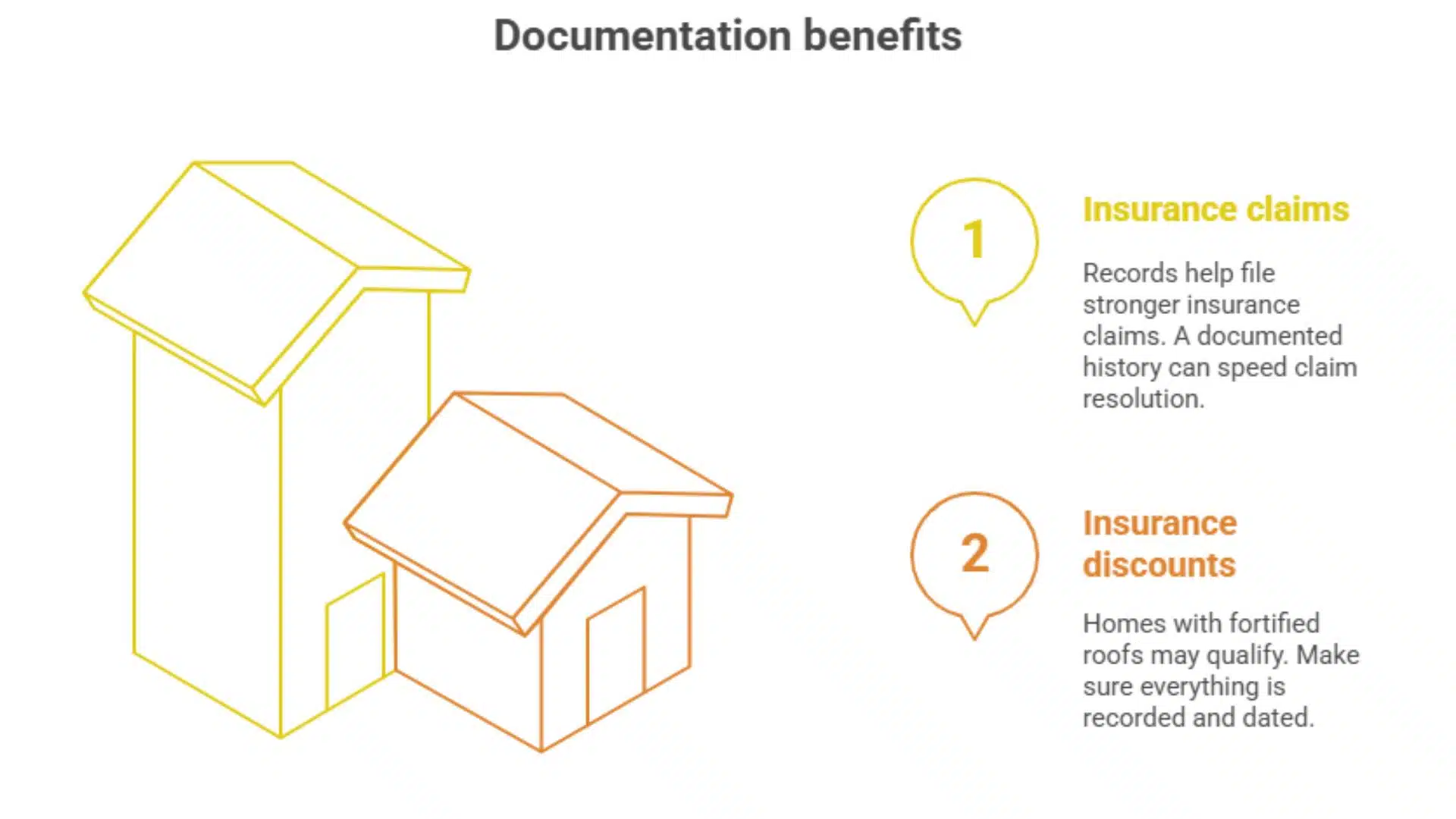
Step 5: Documentation and Insurance Benefits
Having proper documentation is more than just good bookkeeping—it’s a lifeline after a hurricane. Records of inspections, upgrades, and repairs can help you file faster, stronger insurance claims.
Why it matters:
- Insurance companies may ask for proof of roof condition before paying out.
- Homes with FORTIFIED roofs may qualify for insurance discounts.
- A documented history can speed up claim resolution and reduce disputes.
If you’ve already had work done by a certified roofer near me, make sure everything is recorded, dated, and stored safely. Here’s why that matters:
🔗 RoofClaim: Roof Preparedness 2025 – Is Your Roof Ready for Hurricane?
Conclusion
A hurricane-ready roof isn’t a luxury—it’s a necessity. From getting a roof inspection in Gulfport MS to upgrading your materials and keeping detailed records, there are clear, actionable steps homeowners can take now—before the storm hits.
If you’re unsure where your roof stands, Integrity Roofing is here to help. With deep experience on the MS Gulf Coast, we’re the roofer Gulfport MS trusts to protect their homes from the next big one. Schedule your inspection today and take the first step toward peace of mind.
Ready to Hurricane-Proof Your Roof?
Don’t wait until the next storm is on the radar. Whether you’ve noticed warning signs or just want peace of mind, Integrity Roofing is here to help. Our experienced team proudly serves the MS Gulf Coast and is the trusted roofer Gulfport MS homeowners call when it matters most.
✅ Schedule your professional roof inspection today
✅ Get expert advice on storm-resistant upgrades
✅ Protect your home, your family, and your investment
📞 Call now or click here to book your inspection with a roofer near you—before hurricane season heats up.
FAQ: How to Tell If Your Roof Is Hurricane-Ready
1. How often should I have my roof inspected for hurricane readiness?
At minimum, your roof should be inspected once a year—ideally before hurricane season begins. If you’re along the Mississippi Gulf Coast, it’s wise to schedule an inspection after any major storm. A professional roofer in Gulfport MS can catch small issues before they become costly problems.
2. What roofing materials are best for hurricanes?
Metal roofing and impact-resistant shingles (rated UL 2218, ASTM D7158 Class H, or ASTM D3161 Class F) offer superior protection against high winds and flying debris. Synthetic roofing is also gaining popularity for its durability. For a personalized recommendation, contact a trusted roofer near me to review your current setup.
3. What are FORTIFIED roofs, and are they worth it?
A FORTIFIED Roof™ meets higher standards set by the IBHS, including enhanced installation methods and extra water barriers. These upgrades increase your home’s hurricane resilience and may qualify you for insurance discounts. If you’re on the MS Gulf Coast, a roofer Gulfport MS certified in FORTIFIED systems can walk you through your options.
4. Can I tell if my roof is storm-ready just by looking at it?
You can spot some surface-level warning signs—like curling shingles, sagging areas, or mold in the attic—but many critical issues require a professional inspection. It’s best to call in a local roofer near me who can safely check beneath the surface.
5. Does having an older roof automatically mean it’s not hurricane-ready?
Not always, but older roofs are more likely to fail in high winds—especially if they’ve had multiple patch jobs or weren’t built to current code. If your roof is 15–20 years old, now’s the time to consult with a roofer Gulfport MS homeowners trust to evaluate your home’s safety before hurricane season strikes.

